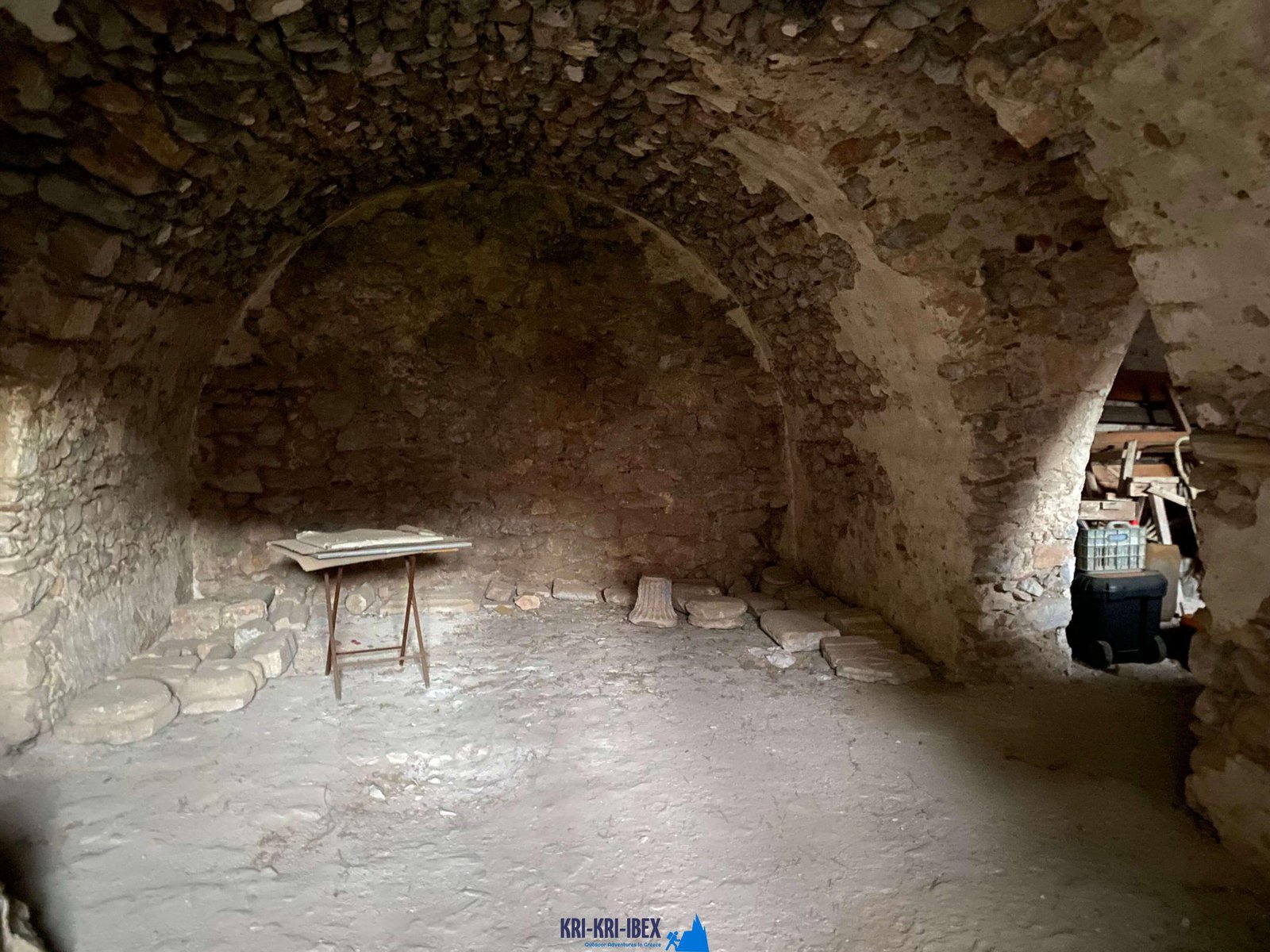Enjoy the excitement of a life time with Kri Kri ibex chasing in Greece!
Enjoy the excitement of a life time with Kri Kri ibex chasing in Greece!
Blog Article

They state that the Peloponnese peninsula is the "genuine" Greece. And we say, if you're trying to find a memorable journey, our searching and touring Peloponnese scenic tour from Methoni is the excellent way to experience all that this beautiful nation needs to provide.

Hunting the kri kri ibex in Greece is a difficult task for both neighborhood as well as global hunters. Hunting huge game in Greece is limited for global seekers, in addition to wild boars and roe deer, which might only be pursued in protected searching locations. The kri kri ibex, an uncommon goat varieties belonging to Greece, might be pursued on two separate islands 140 miles east of Athens and 210 miles west of Athens. On these pursues, kri kri ibex and mouflon might only be hunted in the early morning as well as early afternoon, according to Greek law. Just shotguns are enabled, and only slugs might be made use of. You must book at least a year in advance if you want to go on one of these trips. The licenses are offered by the Greek Ministry of Nature and Agriculture and are provided by the federal government. Only severe seekers may participate in these pursues, so the licenses are limited by the federal government.
Our exterior hunting, fishing, and also cost-free diving trips are the ideal means to see whatever that Peloponnese has to offer. These tours are designed for vacationers that wish to get off the beaten path as well as truly experience all that this extraordinary region has to offer. You'll reach go searching in a few of one of the most stunning wilderness areas in Greece, fish in crystal-clear waters for a variety of various species, as well as complimentary dive in some of the most sensational coast in the Mediterranean. And best of all, our seasoned overviews will be there with you every step of the means to make certain that you have a pleasurable as well as safe experience.
So if you are looking for an authentic Greek experience far from the stress of tourist then look no further than Methoni in The Peloponnesos! Our exterior searching for Kri Kri ibex, fishing, cost-free diving and also touring Peloponnese tours from Methoni are the ideal method to explore this lovely location at your own pace with like minded people. Contact us today to reserve your position on among our tours.
What is the diference between Kri Kri ibex, Bezoar ibex and hybrid ibex
The kri-kri is not thought to be indigenous to Crete, most likely having been imported to the island during the time of the Minoan civilization. Nevertheless, it is found nowhere else and is therefore endemic to Crete. It was common throughout the Aegean but the peaks of the 8,000 ft (2,400 m) White Mountains of Western Crete are their last strongholds–particularly a series of almost vertical 3,000 ft (900 m) cliffs called ‘the Untrodden’—at the head of the Samaria Gorge. This mountain range, which hosts another 14 endemic animal species, is protected as a UNESCO Biosphere Reserve. In total, their range extends to the White Mountains, the Samaria National Forest and the islets of Dia, Thodorou, and Agii Pandes.
This Ibex is NOT a diminutive form of the Bezoar Ibex, which has migrated into the western-most reach of the range of this species. The kri – kri (Capra aegagrus cretica), sometimes called the Cretan goat, Agrimi, or Cretan Ibex, is a feral goat inhabiting the Eastern Mediterranean, previously considered a subspecies of wild goat. The kri-kri has a light brownish coat with a darker band around its neck. It has two horns that sweep back from the head. In the wild they are shy and avoid tourists, resting during the day. The animal can leap some distance or climb seemingly sheer cliffs.
“The agrimi goat Capra aegagrus cretica is unique to Crete and its offshore islands. It has been identi®ed as a sub-species of the wild bezoar goat Capra aegagrus aegagrus Erxleben, 1777, which it closely resembles in horn shape, body form and coloration. This classi®cation has been disputed by some researchers who claim that the agrimi are feral goats, derived from early domestic stock brought to the island by the ®rst Neolithic settlers. In order to clarify this issue, DNA analyses (cytochrome b and D loop sequences) were carried out on tissue of live and skeletonized agrimi and compared to sequences of wild and domestic caprines. Results conclusively show the agrimi to be a feral animal, that clades with domestic goats (Capra hircus) rather than with wild Asiatic bezoar. This study demonstrates that morphometric criteria do not necessarily re¯ect genetic af®nities, and that the taxonomic classi®cation of agrimi should be revised.”
Report this page